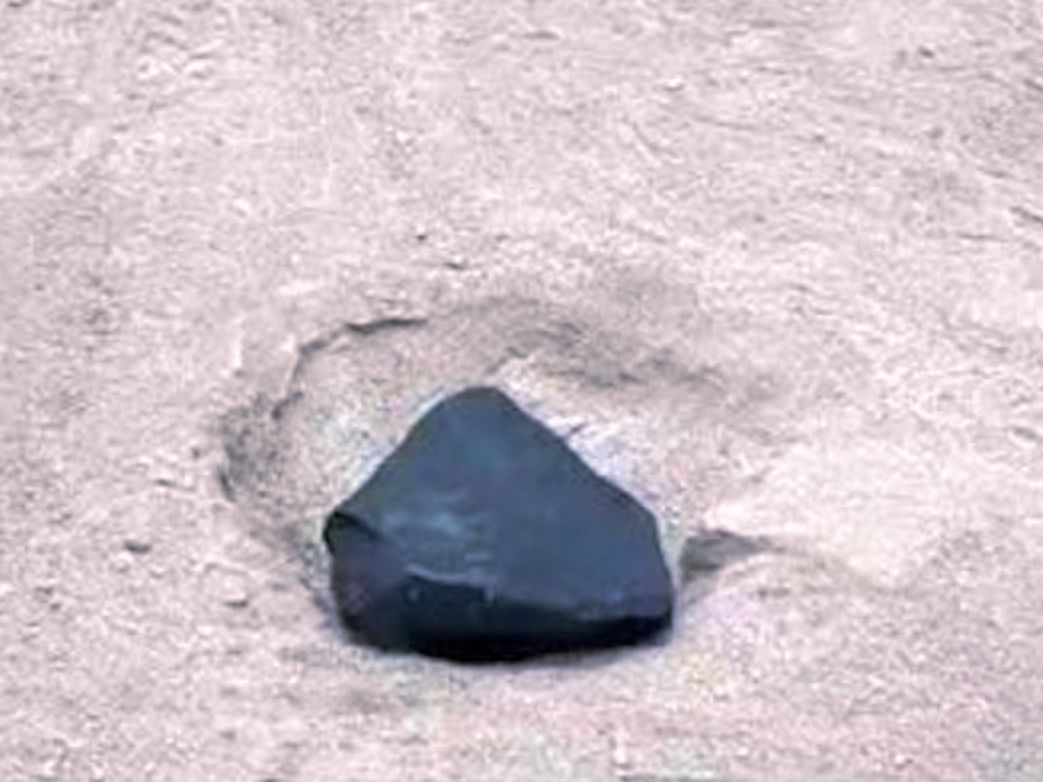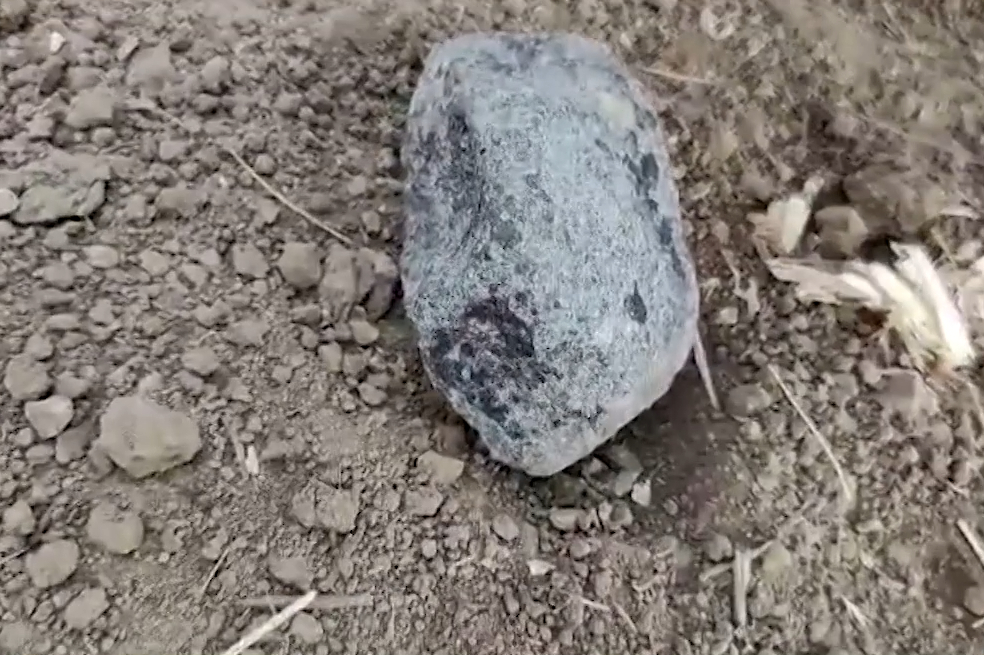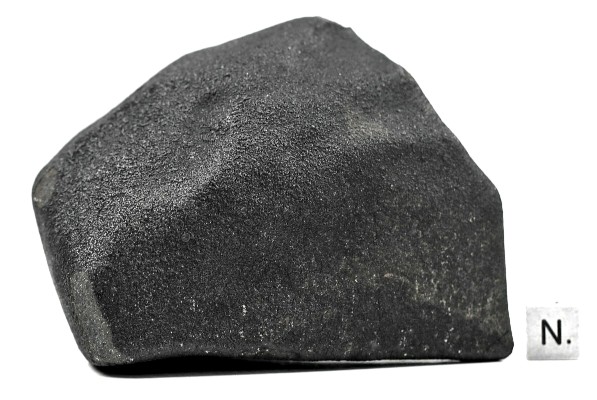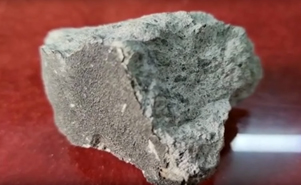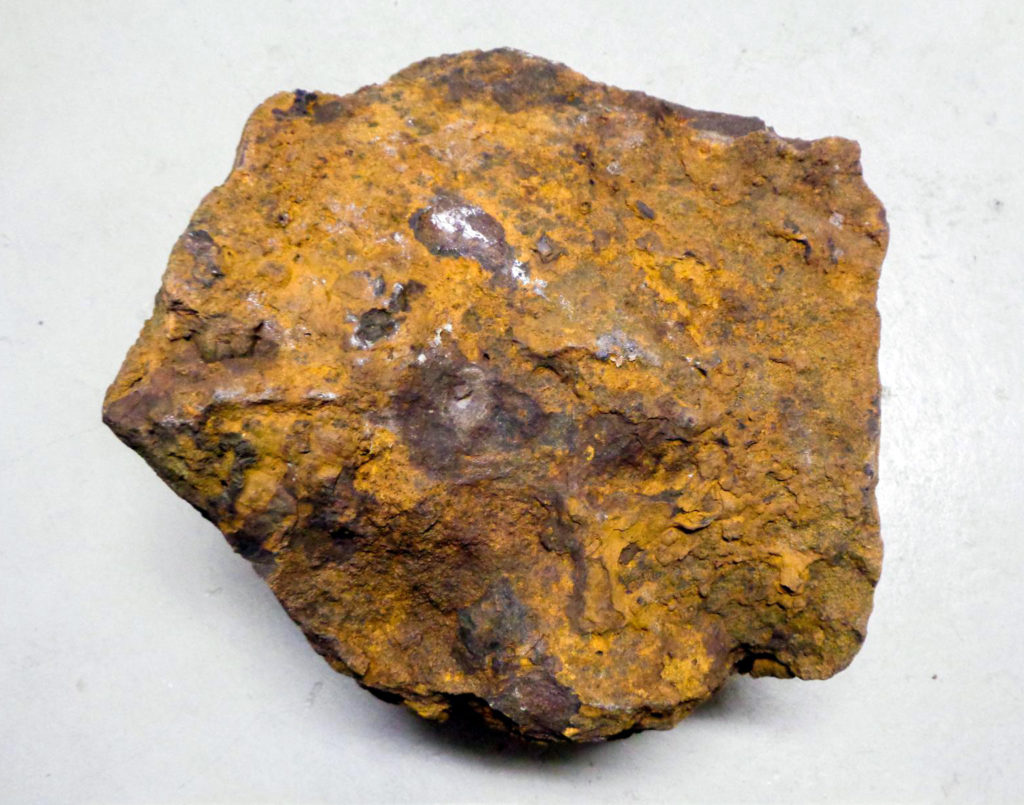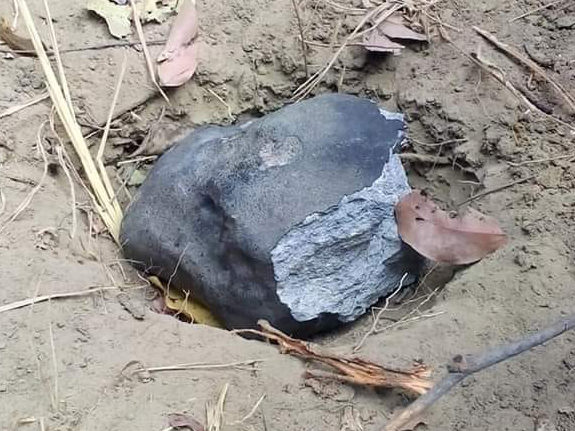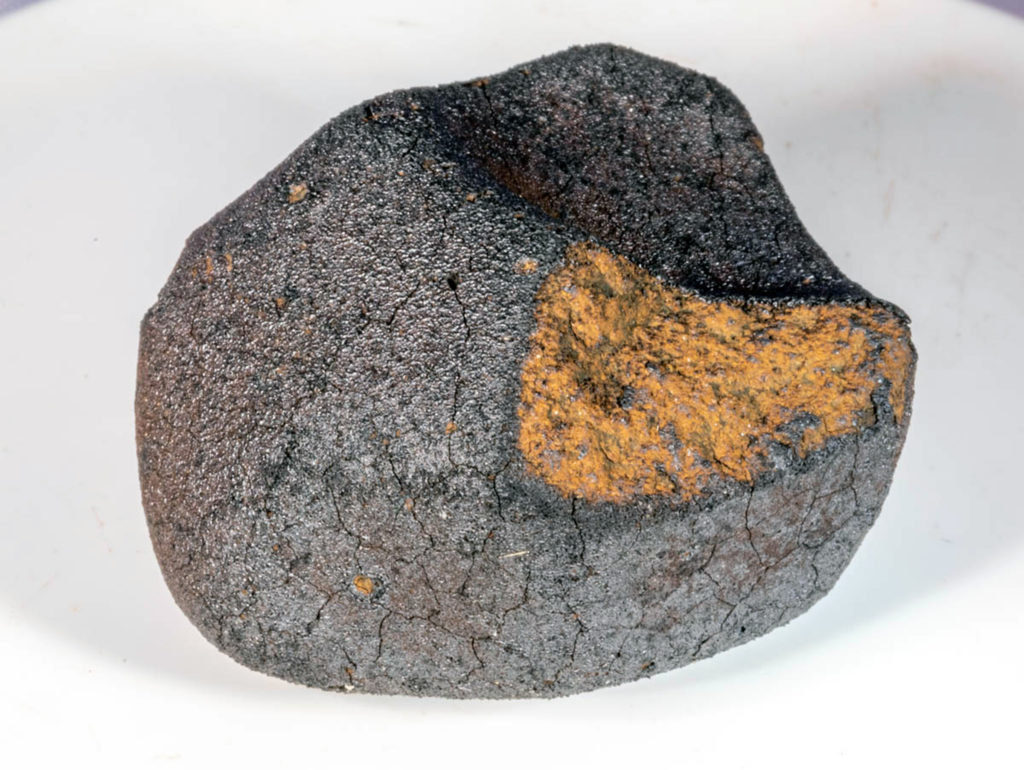Distinct evolution of the carbonaceous and non-carbonaceous reservoirs: Insights from Ru, Mo, and W isotopes
Emily A. Worsham, Christoph Burkhardt, Gerrit Budde, Mario Fischer-Gödde,Thomas S.Kruijer, Thorsten Kleine
Earth and Planetary Science Letters
Volume 521, 1 September 2019, Pages 103-112
“Highlights
• Isotope characteristics of Ru, Mo, and W in rare iron meteorite groups are compared.
• Non-carbonaceous and carbonaceous meteorites have distinct Mo-Ru and Mo-W relations.
• Ru, Mo, and W isotopes support thermal/chemical processing of presolar material.
• Nucleosynthetic heterogeneity evolved in the reservoirs under distinct conditions.
• Carbonaceous reservoir was more oxidized than non-carbonaceous reservoir.”
“Recent work has identified a nucleosynthetic isotope dichotomy between “carbonaceous” (CC) and “non-carbonaceous” (NC) meteorites. Here, we report new Ru isotope data for rare iron meteorite groups belonging to the NC and CC suites. We show that by studying the relative isotopic characteristics of Ru, Mo, and W in iron meteorites, it is possible to constrain the processes leading to the distinct isotope heterogeneities in both reservoirs. In NC meteorites, internally normalized, mass-independent isotope ratios of Mo and Ru are correlated, but those of Mo and W are not. In CC meteorites, Mo and W isotope ratios are correlated, but those of Mo and Ru are not; specifically, Mo isotopic compositions are variable and those of Ru are more restricted. The contrasting behaviors of Ru and W relative to Mo in the two reservoirs likely require processing of the presolar carriers under distinct redox conditions. This provides further evidence that NC and CC meteorites originated from spatially separated reservoirs that evolved under different prevailing conditions.”

